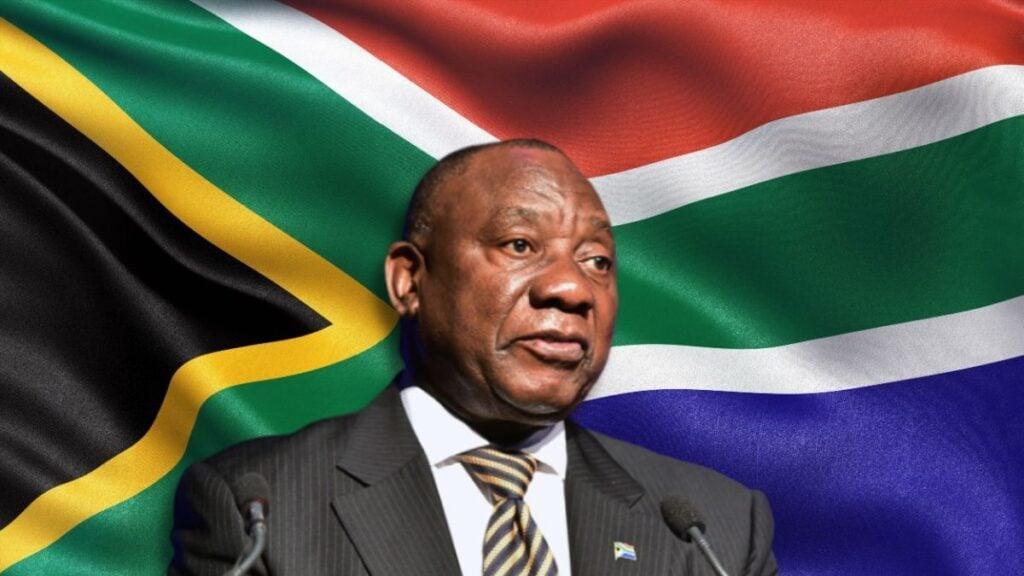Africa-Press – South-Africa. The deteriorating credibility of South Africa’s government is one of the main drivers of increasing borrowing costs on state debt.
This means the Reserve Bank’s proposed inflation target change will not materially affect government borrowing costs unless paired with structural reform, fiscal consistency and reliable service delivery.
For years, the Reserve Bank has been advocating lowering South Africa’s inflation target, which is currently 3% to 6%.
The central bank believes that a lower inflation target could create immense benefits for South Africa, including faster economic growth, easing cost-of-living pressures and lower debt-servicing costs for the government.
Currently, South Africa’s government has an immense debt pile, which sees it pay around R1.2 billion a day on interest.
Debt-service costs have become the biggest line item in the government’s Budget and are one of the main reasons for the government’s struggling fiscal health.
Therefore, any change that could see these costs decline, like lowering South Africa’s inflation target, would be highly beneficial for the government and economy as a whole.
While the shift to a lower target has yet to be confirmed, the Reserve Bank has circulated estimates of almost R1 trillion in interest savings over a decade if the target is lowered.
This is because a lower target would lead to better price discipline, pulling down borrowing rates, and, consequently, shrinking the Treasury’s debt‐service bill.
However, Foord Asset Management CIO Nick Balkin warned that while this result sounds simple, it does not consider one of the main factors putting upward pressure on borrowing costs – the government’s deteriorating credibility.
Balkin explained that the Reserve Bank has generally delivered on its mandate to keep prices stable within the current target range over the past few decades.
However, during that same period, South Africa’s real economic growth has barely averaged 1% a year since 2014.
This means that, since 2014, stabilising prices has not unlocked capital expenditure or boosted economic growth. “If anything, it was the weaker growth that helped keep inflation in check,” Balkin said.
Therefore, it does not make sense to believe that lower inflation and greater price stability under a new inflation target would automatically lower the government’s borrowing costs.
Three factors working against South Africa
Finance Minister Enoch Godongwana
Balkin outlined three reasons why lower inflation does not automatically mean lower borrowing costs for the South African government.
Firstly, he explained that South Africa’s bonds have much higher average maturities than those of many other emerging markets.
Therefore, even if yields fell meaningfully, the government’s debt-service costs would only gradually decline, as outstanding bonds mature and are refinanced at lower borrowing rates over time.
Secondly, Balkin said lower inflation would result in lower nominal economic growth. Consequently, South Africa’s already troubling debt‐to‐GDP ratio would continue to deteriorate, as this ratio is measured against nominal growth, rather than real economic growth.
“Without meaningful, structural state interventions to address the root causes of constrained economic growth, the debt burden may even worsen,” he warned.
Thirdly, Blakin highlighted South Africa’s risk premium – the yield above US Treasury yields demanded by bond investors – as another binding constraint.
“Strip inflation out of current bond yields and investors still demand a real return of roughly 5% – double that of comparable emerging economies,” he said.
“The risk premium compensates investors for weak governance, unreliable energy supply and unresolved fiscal risks – not for an inflation target that is set too high.”
Balkin warned that unless these underlying fundamentals improve, global capital will continue demanding a high spread over US Treasuries, regardless of the official inflation target.
“Lowering the inflation target may promise a quick political win but offers only a faint hope of materially lower funding costs,” Balkin said.
“South Africa’s fiscal arithmetic improves meaningfully only when two conditions hold: when the economy grows at a faster pace than outstanding debt, and the country risk premium narrows.”
“Achieving both depends on structural reform, fiscal consistency and reliable service delivery – not on fine-tuning the inflation target.”
In fact, Balkin said that rushing the inflation target change without making the necessary fundamental reforms first could put South Africa in a worse position than before the change.
“The priority should be the correct sequencing of reforms. Otherwise, the country risks the worst of both worlds: a lower inflation number (which worsens our debt burden) alongside persistently high real yields (which keep borrowing costs too high),” he warned.
For More News And Analysis About South-Africa Follow Africa-Press






